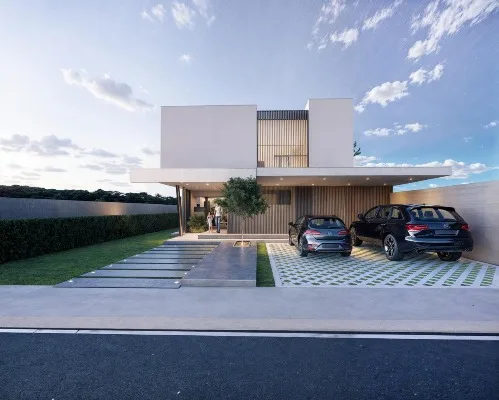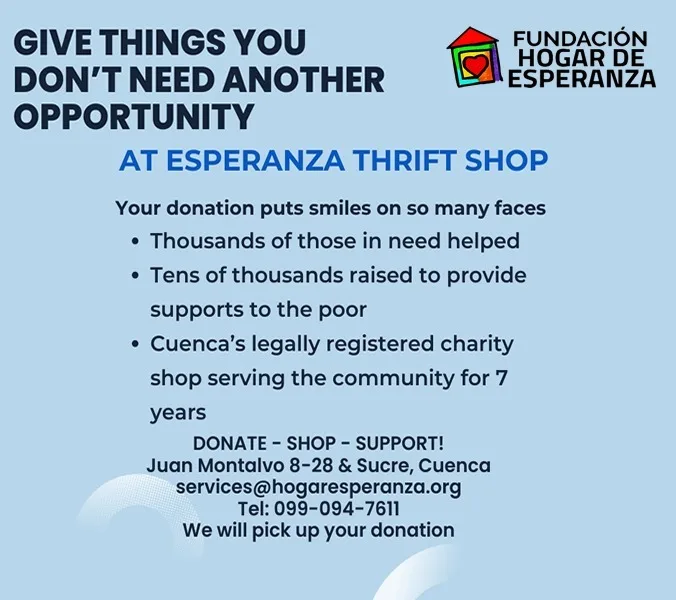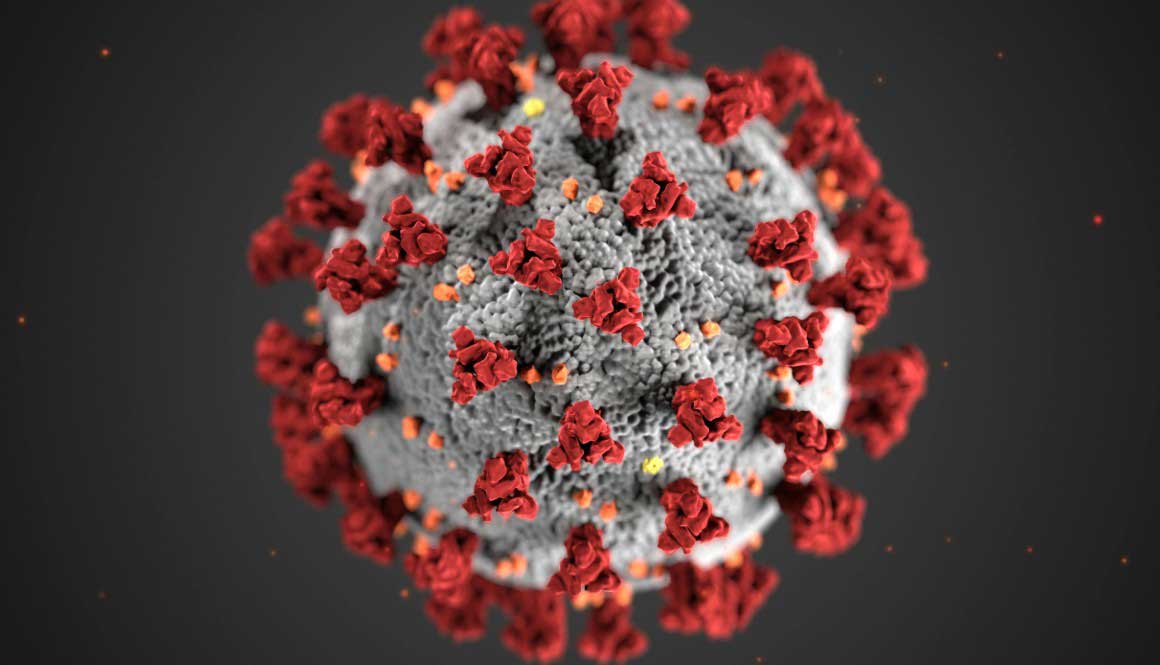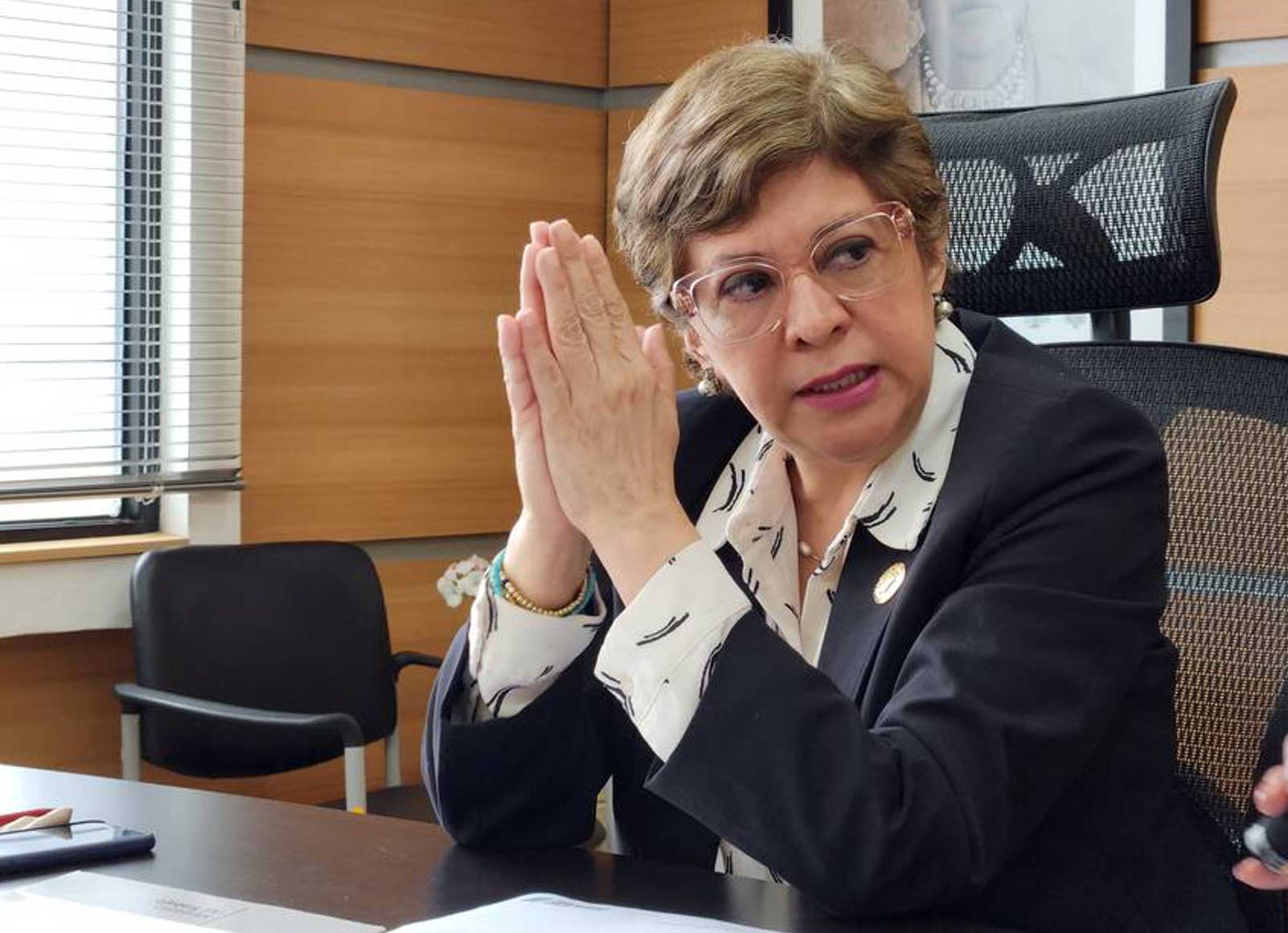The marijuana situation in Latin America, Ecuador, and Cuenca’s expat community; ‘the times they are a changin’
By Sylvan Hardy
Uruguay has become the only country in the world with legal, regulated, recreational-marijuana sales, the world’s first and only state-run marijuana marketplace. An omnibus marijuana law was passed in 2013, of which two major elements have gone into effect.
First, individuals are now allowed to grow up to six plants (17 ounces) at home; second, marijuana clubs of up to 45 individuals can band together to produce marijuana communally (up to 99 plants per year).
The fate of the most controversial aspect of the law — the licensing of farmers for large-scale production, user registration in a national database for the purchase of up t o nearly one and a half ounces per month, taxation, quality control, and the sale of state-controlled pot to consumers at pharmacies — remains undetermined.
o nearly one and a half ounces per month, taxation, quality control, and the sale of state-controlled pot to consumers at pharmacies — remains undetermined.
Although Uruguay has taken the lead, many Latin American countries have implemented or are currently considering the decriminalization or outright legalizing of marijuana use. There’s almost universal agreement in Central and South America that current U.S.-led efforts to control illegal
drugs have failed. Often unstated is the feeling among government leaders that Latin America has borne the bloody brunt of the U.S. and Europe’s insatiable drug appetite.
According to Wikipedia, Argentina has decriminalized pot, which is tolerated for private consumption; marijuana is also decriminalized in Colombia (possession up to 22 grams for personal use) and Peru (up to eight grams); and in Chile, possession is still illegal, but medical marijuana has been decriminalized.
In June 2013, Ecuador, too, decriminalized the possession of small amounts (10 grams) of marijuana when the National Council of Control of Narcotic and Psychotropic Drugs (CONSEP) published a table of drug-possession limits.
The rule didn’t constitute a “legalization” of pot (and three other drugs); rather, police were ordered not to make arrests for quantities below the limits listed in the CONSEP table.
As is true all over the world, in Ecuador, the legality or lack thereof of marijuana seems to have little connection to its popularity among users. Marijuana grows year-round in Ecuador, whose climate is favorable for cultivation. Connoisseurs tend to agree that Ecuador’s pot is of medium quality, which is reflected in the price. Purchased from local growers or middlemen, an ounce of low-quality cannabis runs as low as $30, while average-quality costs $50 and high-quality can fetch up to $75. Notable strains, such as Punto Rojo, Mango, Skunk, and Chola, some of which come from Peru and Colombia, can go as high as $300 an ounce.
Though the growing and selling of cannabis is strictly prohibited, personal use has been widely tolerated during the administration of Presidente Rafael Correa. You can sniff out the pungent aroma of burning cannabis on many streets and public stairways in Cuenca, often in the proximity of police, who aren’t looking to arrest pot smokers.
Expats from North America, many of whom have been smoking weed for decades, manage to find their drug of choice, whether in amounts that are decriminalized or illegal, through small informal networks of friends and fellow pot heads. The deals are almost totally private, though I’ve heard that, at least in one instance, when a gringo got a little too close to some Ecuadorian pot dealers known to the police, he was quietly warned to take his business elsewhere.
The latest wrinkle in the expat-community’s pot consumption centers around “bonbons,” or cannabis-infused chocolates. Recipes vary from kitchen to kitchen, of course, but the basic idea is to grind the pot finely in a blender, then combine it with melted butter and cook it at a low temperature (a slow cooker is ideal) for 30 to 60 minutes (or longer); add melted chocolate, stir well, pour into a chocolate mold, and refrigerate. A pound of butter, a pound of chocolate, and an ounce of pot will make roughly 100 bonbons. Other ingredients might include pure vanilla or mint extract, heavy cream, and nuts.
 One bonbon enthusiast claims that Cuenca has become a fundamentally different place since the introduction of marijuana chocolates a year or so ago.
One bonbon enthusiast claims that Cuenca has become a fundamentally different place since the introduction of marijuana chocolates a year or so ago.
“In some surprising ways, Cuenca now reminds me of Greenwich Village in the sixties and seventies,” he says. “At any given time, perhaps a hundred expats are floating, literally, around town, high on bonbons, emitting the mellowest vibrations, which, to my mind anyway, go a long way toward counteracting the aggressiveness that’s common to alcohol drinkers.
“And, of course, behind closed doors, another hundred or so are emitting other kinds of vibes. Because bonbons are ingested and metabolized by the liver, they’re converted into an active metabolite that causes a more intense high and stronger body effects. Beyond that, I’ll leave it up to your imagination.”















